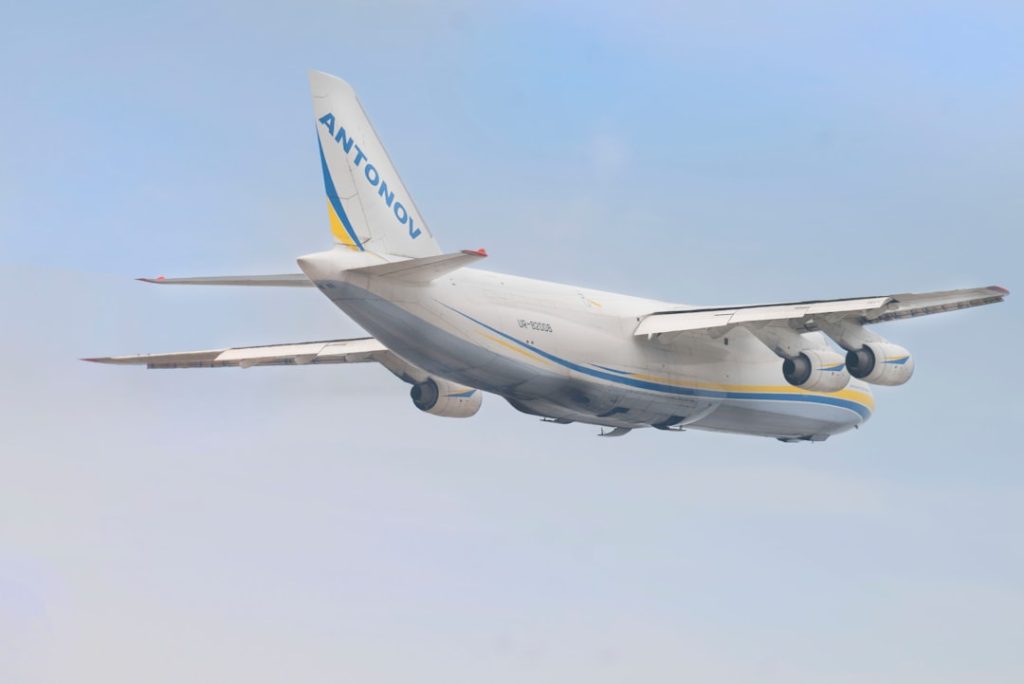The International Civil Aviation Organization (ICAO) is a specialized agency of the United Nations, established in 1944 with the primary objective of promoting the safe and orderly development of international civil aviation. Headquartered in Montreal, Canada, ICAO plays a pivotal role in setting global standards and regulations that govern civil aviation operations. The organization was born out of the need for a coordinated approach to air travel, particularly in the aftermath of World War II, when the rapid expansion of air transport necessitated a framework for international cooperation.
ICAO’s founding convention, known as the Chicago Convention, laid the groundwork for its mission and established the principles that continue to guide its activities today. ICAO’s membership comprises 193 states, each of which is committed to adhering to the organization’s standards and practices. This extensive membership underscores the universal nature of air travel and the necessity for a cohesive regulatory framework that transcends national borders.
The organization’s work encompasses a wide range of areas, including air navigation, safety, security, and environmental sustainability. By fostering collaboration among member states and providing technical assistance, ICAO aims to enhance the safety and efficiency of global air transport while addressing emerging challenges in the aviation sector.
Key Takeaways
- ICAO is a specialized agency of the United Nations that sets global standards for aviation safety and security.
- ICAO plays a crucial role in ensuring global air safety by developing and implementing international standards and regulations.
- The organization collaborates with member states and other international organizations to promote and enhance aviation safety and security.
- ICAO addresses emerging safety challenges in aviation and takes initiatives for environmental sustainability in the industry.
- The future of global air safety relies on ICAO’s continued efforts to set and enforce standards, collaborate with stakeholders, and address emerging challenges.
The Role of ICAO in Ensuring Global Air Safety
ICAO’s primary responsibility is to ensure global air safety through the establishment of comprehensive safety standards and practices. The organization conducts regular audits and assessments of member states’ aviation systems to ensure compliance with these standards. These audits are crucial for identifying potential safety deficiencies and providing recommendations for improvement.
By promoting a culture of safety and accountability, ICAO helps member states enhance their aviation safety oversight capabilities. One of the key initiatives undertaken by ICAO is the Universal Safety Oversight Audit Programme (USOAP), which evaluates the safety oversight systems of member states. This program assesses various aspects of aviation safety, including regulatory frameworks, personnel training, and operational procedures.
The findings from these audits not only help individual states improve their safety measures but also contribute to a global understanding of safety trends and challenges. By sharing best practices and lessons learned, ICAO fosters a collaborative environment where member states can work together to enhance overall aviation safety.
Standards and Regulations Set by ICAO

ICAO develops and maintains a comprehensive set of standards and recommended practices (SARPs) that serve as the foundation for international civil aviation operations. These SARPs cover a wide array of topics, including air traffic management, aircraft operations, aerodromes, and personnel licensing. By establishing these standards, ICAO ensures that all member states adhere to a consistent level of safety and efficiency in their aviation systems.
The organization regularly updates its SARPs to reflect advancements in technology and changes in operational practices. For instance, the introduction of new aircraft types or advancements in navigation systems may necessitate revisions to existing standards. Additionally, ICAO conducts extensive research and collaborates with industry stakeholders to identify emerging trends and challenges that may impact aviation safety.
This proactive approach allows ICAO to remain at the forefront of global aviation regulation, ensuring that its standards are relevant and effective in addressing contemporary issues.
Collaboration with Member States and Other International Organizations
| Metrics | 2019 | 2020 | 2021 |
|---|---|---|---|
| Number of joint projects with Member States | 15 | 20 | 25 |
| Collaboration agreements with international organizations | 10 | 12 | 15 |
| Participation in international conferences | 25 | 30 | 35 |
Collaboration is a cornerstone of ICAO’s approach to enhancing global air safety. The organization works closely with its member states to provide technical assistance, training, and resources aimed at improving their aviation systems. This collaboration often takes the form of workshops, seminars, and regional meetings where experts share knowledge and best practices.
By fostering an environment of cooperation, ICAO empowers member states to take ownership of their safety oversight responsibilities. In addition to working with member states, ICAO collaborates with other international organizations such as the World Health Organization (WHO), the International Air Transport Association (IATA), and the International Federation of Air Line Pilots’ Associations (IFALPA). These partnerships are essential for addressing complex issues that require a multi-faceted approach.
For example, during the COVID-19 pandemic, ICAO played a crucial role in coordinating efforts among various stakeholders to develop guidelines for safe air travel amidst health concerns. This collaborative spirit not only enhances safety but also strengthens the resilience of the global aviation system.
ICAO’s Role in Addressing Emerging Safety Challenges
As the aviation industry evolves, new safety challenges continually emerge that require adaptive strategies and innovative solutions. ICAO is at the forefront of addressing these challenges by conducting research and engaging with industry experts to identify potential risks. For instance, the rise of unmanned aerial vehicles (UAVs) has introduced complexities related to airspace management and safety regulations.
ICAO has taken proactive steps to develop guidelines for integrating UAVs into existing air traffic systems while ensuring that safety remains paramount. Another emerging challenge is cybersecurity in aviation. As technology becomes increasingly integrated into aviation operations, the potential for cyber threats grows.
ICAO recognizes this risk and has initiated efforts to develop cybersecurity frameworks tailored specifically for the aviation sector. By collaborating with cybersecurity experts and industry stakeholders, ICAO aims to create robust guidelines that protect critical aviation infrastructure from cyberattacks while maintaining operational integrity.
ICAO’s Initiatives for Environmental Sustainability in Aviation

In recent years, environmental sustainability has become a pressing concern for the aviation industry. Recognizing its responsibility to address climate change, ICAO has implemented several initiatives aimed at reducing aviation’s environmental impact. One significant effort is the Carbon Offsetting and Reduction Scheme for International Aviation (CORSIA), which aims to stabilize net carbon emissions from international flights at 2020 levels by requiring airlines to offset their emissions through various mechanisms.
ICAO also promotes research into sustainable aviation fuels (SAFs) as part of its commitment to environmental sustainability. SAFs have the potential to significantly reduce greenhouse gas emissions compared to traditional jet fuels. By encouraging member states to invest in research and development of SAF technologies, ICAO aims to facilitate a transition towards more sustainable fuel sources in aviation.
Furthermore, ICAO collaborates with industry stakeholders to establish guidelines for the production and use of SAFs, ensuring that they meet safety and performance standards.
The Future of Global Air Safety and ICAO’s Role
Looking ahead, the future of global air safety will be shaped by ongoing advancements in technology, evolving regulatory landscapes, and emerging global challenges. ICAO will continue to play a central role in navigating these changes by adapting its standards and practices to meet new demands. The integration of artificial intelligence (AI) into air traffic management systems presents both opportunities and challenges; ICAO is actively exploring how AI can enhance safety while ensuring that human oversight remains integral to decision-making processes.
Moreover, as global air travel continues to expand, ICAO will need to address issues related to capacity management and infrastructure development. The organization is already working on initiatives aimed at optimizing airspace utilization through advanced technologies such as satellite-based navigation systems. By fostering innovation and collaboration among member states, ICAO aims to ensure that global air travel remains safe, efficient, and sustainable in the face of growing demand.
The Importance of ICAO in Ensuring Safe and Secure Air Travel
The International Civil Aviation Organization stands as a vital pillar in the realm of global air travel, ensuring that safety remains at the forefront of international aviation operations. Through its comprehensive standards, collaborative efforts with member states, and proactive approach to emerging challenges, ICAO plays an indispensable role in shaping a safe and secure aviation environment. As the industry continues to evolve amidst technological advancements and environmental concerns, ICAO’s commitment to fostering cooperation and innovation will be crucial in navigating the complexities of modern air travel.
The organization’s ongoing efforts not only enhance safety but also contribute to building public confidence in air travel as a reliable mode of transportation on a global scale.


